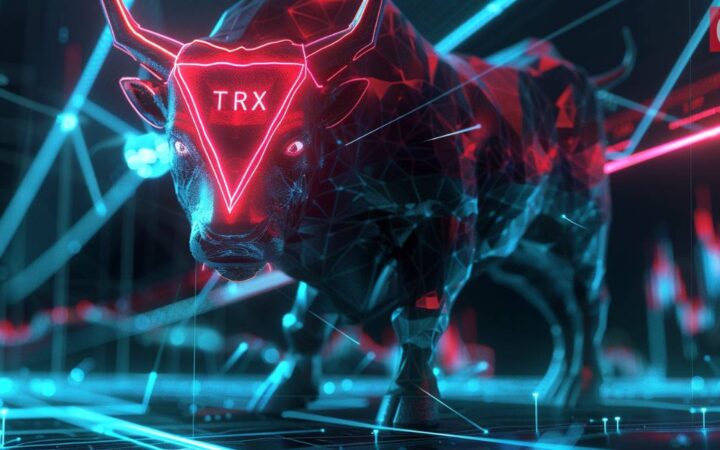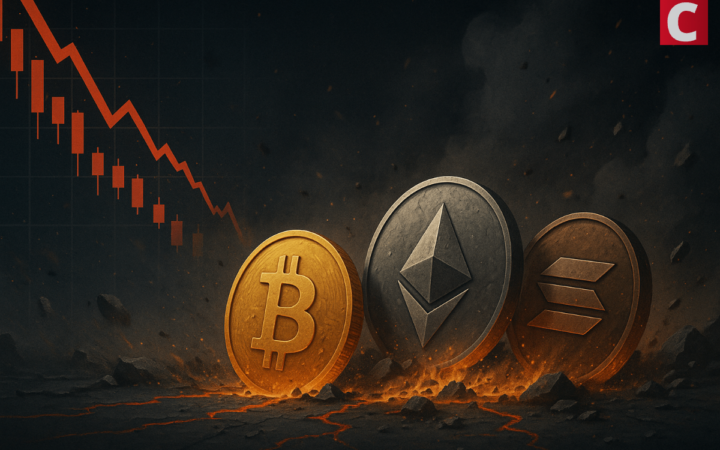
XMax — Game Changer in Blockchain Entertainment Industry
Last month, under the headline of “the Entertainment Blockchain,” the XMax Blockchain Project entered the public view with an unprecedented investor line-up and a few unanswered questions.
The public concern regarding the project is not aimed at small flaws or omissions in the project, but rather whether XMax’s design is too advanced, especially since it focuses on the entertainment scene. Some believe it is like “using fine timber, to build an outhouse,” resulting in performance and system resource wastage.
From the latest XMax updates, we see that the updated version has greatly enriched and expanded upon the use-cases and architectural solutions featured in the first model. It seems that entertainment is just the first experiment for XMax, and the ambitions behind it are not so simple.
So, what exactly is XMax?
From Intellectual property to online videos, from music to games, the essence of entertainment is based on the connection between people and the media they consume.
Where traditional entertainment depends on user traffic from advertising and is regarded as a centralized industry, XMax will disrupt the entertainment industry model by taking a decentralized approach.
Vitalik once said that there is a “Scalability Trilemma” for blockchains, where a blockchain must choose between decentralization, scalability, and security unless the fundamental structure of the blockchain changes, and currently the focus for most companies has been on security and decentralization. The speed and efficiency of many public blockchain systems have not been the priority.
Other issues blockchains face include:
- The high resource cost of smart contracts along with the potential for smart contract abuse
- Gas fee mechanism raising user costs
- Unrealistic project goals
- Low technical performance
- Limited mining mechanisms
- High development thresholds with programmers needing to learn complex system languages
- Unattractive UIs and poor user experiences
XMax will build a user-friendly, high-performance blockchain system with the “Galaxy Multichain Network” structure:
- Scalability Solution – X-Packet System
- Super Chain – High-performance Main chain
- VRF Real-time Consensus
- DAO Self Managed Communities
In simple terms, it operates using a “main chain + multiple functional side chains,” while ensuring the high performance and scalability of the main chain.
The main chain will only manage light transactions such as system contracts, account transactions, etc., whereas all smart contracts and DAPPs will run completely on side chains.
The XMax main chain system has the following design:
- Supports a high number of side chains. Each side chain can exist as an independent economy
- High-performance inter-chain communication, Merkle tree node time sharing package system
- Through DAO governance user communities gain the ability to help upgrade the main chain and side chains
- Plug-and-play functionality with a Scalable Structure
To support the main chain, XMax will elect 2100 global nodes (21 nodes will be selected from each of 100 regions, based on population). In the future, XMax expects to dynamically allocate global node selection beyond regional boundaries.
When the blocks are being produced, a block producer in each round will be randomly selected and the VRF (Verifiable Random Function) consensus algorithm will be used. Its role is to complete the random selection of the block (group), in such a way that the result of which will be extremely difficult to predict. VRF is also aptly suited to be used with the asymmetric encryption found in blockchains.
Recent projects such as Algorand, Dfinity, and the Ouroboros Praos protocol are designed and modified based on VRF, and consensus mechanisms based on VRF algorithms can not only greatly improve TPS, but also preserve security.
In addition, the election of the 2100 nodes will also be automatically conducted based on a VRF algorithm to achieve a greater balance between centralization and efficiency. Anyone can participate, it lowers the barriers to entry and promotes more equitable competition.
How the Main Chain and Side Chains Work Together
The main chain is only responsible for recording XMax transactions, user accounts, executing system contracts as well as summarizing and identifying other side chain blocks. All user smart contracts run on side chains, as side chains are responsible for the execution and verification of smart contracts.
Each side chain has its own GAS/fee system. The side chains collate and upload transaction data in batches according to a pre-defined set of rules (based on the block number or block production time). After the transactions from the side chain are packaged the main chain charges a GAS fee.
The balance between side chain fees and main chain fees is an important aspect of the ecosystem. XMax hopes that in the future, everyone will be able to enjoy the freedom of securing their personal assets and values on a blockchain, and is on a mission to enable anyone to create their own personal economy.
In the future the focus will be on users, user-created DAPPs and the communities they build more than on a particular system – XMax is helping to build this future.
Disclaimer: This publication is sponsored. Coinspeaker does not endorse or assume responsibility for the content, accuracy, quality, advertising, products, or other materials on this web page. Readers are advised to conduct their own research before engaging with any company mentioned. Please note that the featured information is not intended as, and shall not be understood or construed as legal, tax, investment, financial, or other advice. Nothing contained on this web page constitutes a solicitation, recommendation, endorsement, or offer by Coinspeaker or any third party service provider to buy or sell any cryptoassets or other financial instruments. Crypto assets are a high-risk investment. You should consider whether you understand the possibility of losing money due to leverage. None of the material should be considered as investment advice. Coinspeaker shall not be held liable, directly or indirectly, for any damages or losses arising from the use or reliance on any content, goods, or services featured on this web page.




